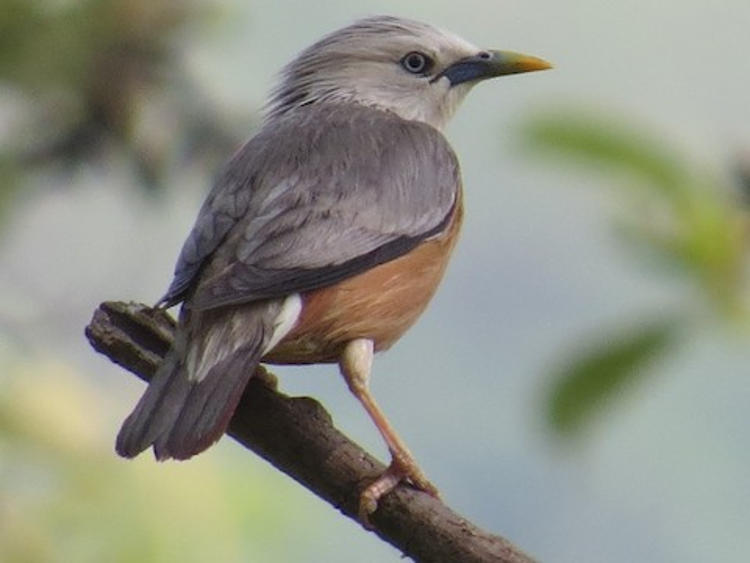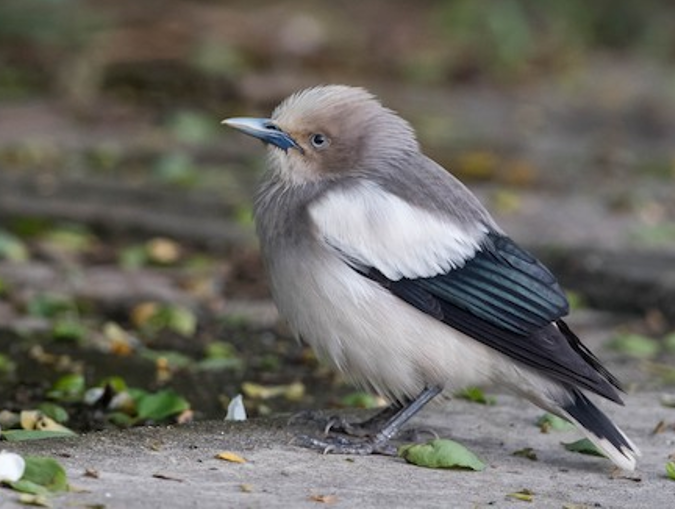Nong Chok, Bangkok, Thailand
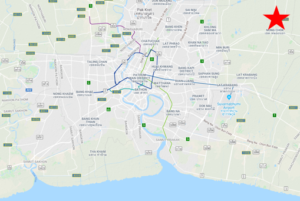
Beyond Lat Krabang, the agricultural mosaic of rice paddies, fish ponds, and pastures becomes richer and more extensive, with larger tracts and more plantations and wooded buffer zones. The composition of the avifauna changes gradually, but many of the same species occur in larger numbers, which improves the odds of finding such uncommon species as Cotton-Pygmy-Goose, Oriental Darter, Black-headed Ibis, Eastern Marsh- and Pied Harriers, Lineated Barbet, Freckle-breasted Woodpecker, White-shouldered and Chestnut-tailed Starlings, White-rumped and Chestnut Munias, and Plain-backed Sparrow.
Orientation
Directions
Nong Chok is in the northeastern corner of Bangkok Province, about 50 km from downtown Bangkok, or 25 km north of the airport. The best route to this area will depend on the starting point and current traffic, but for most visits it will probably make sense to approach from the south via Lat Krabang or the west from Route 9 where it passes through Sai Mai.
From Lat Krabang. Head north on the main road Thanon Chalong Krung, which will take you past Bangkok Arena just before arriving in the center of Nong Chok. Continue north past the small roundabout and over two small rivers, then take the next left onto Sakun Di Road. The road will bend right (north). About 5 km north of the bend, the southernmost bridge over Sip Song will be on your left.
From the West. Head north on the Chalong Rat Expressway, which merges into the Route 9 freeway just north of the Safari World theme park. After another 2 km, exit onto Route 3312 (Lam Luk Ka Road) eastbound, then go approximately 15 km to Lam Luk Ka Hospital.
Immediately after passing the hospital, turn right onto the road into Khlong 12. This road will go over bridge, then bend east, then bend south again. After 2 km you will pass Lake Paradise Village on your right—and the northernmost bridge over Sip Song will be on your left.

Black-headed Ibis. © Aravind A.M.
Birdfinding
Nong Chok is a fertile farming area, where almost any plot of land could be productive for birds. One area that combines several types of habitat and seems consistently productive is the Khlong 12 area on the west side of Sip Song (a flowing canal or creek), just south of a development called Lake Paradise Village. The site does not receive many visitors, and there is no well-established approach to it, so this is an opportunity for individual exploration. Three habitat areas seem worthwhile: (1) the fish ponds at the south end; (2) the rice paddies in the middle; and (3) the Sip Song riparian strip.
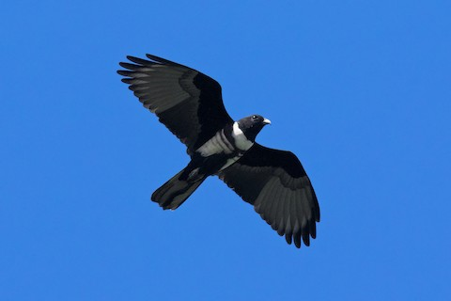
Black Baza. © Ayuwat Jearwattanakanok
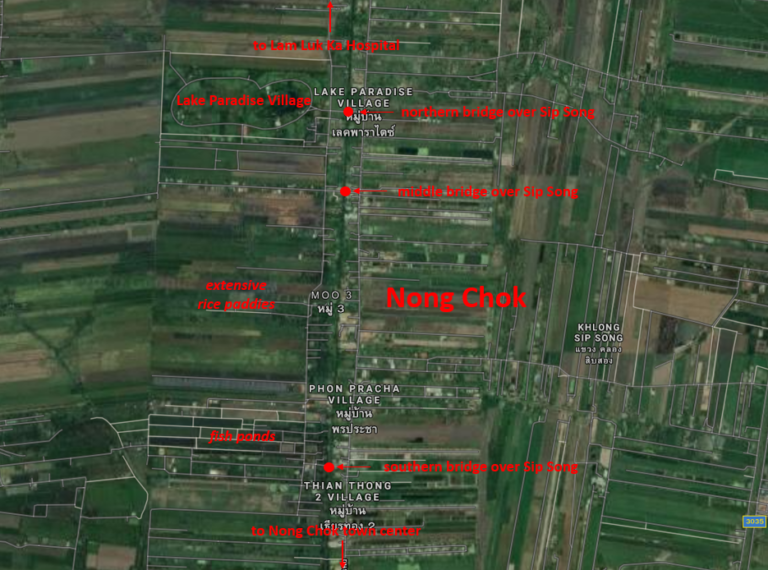
Fish Ponds. Just west of the southern bridge over Sip Song is a complex of fish ponds that can be very productive. When the author visited, there were well over a hundred Lesser Whistling-Duck, a few Cotton-Pygmy-Goose, and at least ten Oriental Darter, among many commoner species.
Rice Paddies. The bulk of the area west of Sip Song is, like most of Thailand’s central plain, devoted to rice cultivation. This particular area has several hedgerows with fairly tall trees that add to the diversity of the habitat. In addition to all the species expected in such areas, this patch can produce Black-headed Ibis, Eastern Marsh- and Pied Harriers, a wide array of shorebirds (including many Pin-tailed Snipe), Lineated Barbet, Freckle-breasted Woodpecker, various reed- and bush-warblers, White-shouldered and Chestnut-tailed Starlings, White-rumped and Chestnut Munias, and Plain-backed Sparrow.

Plain-backed Sparrow. © Tom Reynolds
Sip Song Riparian Strip. The north-south canal or creek, Sip Song, is buffered by a swath of gallery forest that is tall and broad enough to support many woodland birds, including: Black Baza, Pink-necked Green-Pigeon, Green-billed Malkoha, Large Hawk-Cuckoo, Plaintive Cuckoo, Racket-tailed Treepie, Dark-necked Tailorbird, and several leaf-warblers.
Notes
Hazards & Hassles
As in many other rural areas of central Thailand, Nong Chok is beset by a plague of dogs, which can be extremely annoying and potentially dangerous. It is advisable to carry a stick, or better yet a telescoping baton, to discourage dogs from bothering you. In most cases, the dogs will lose interest, or the associated humans will restrain them, after an initial encounter.
